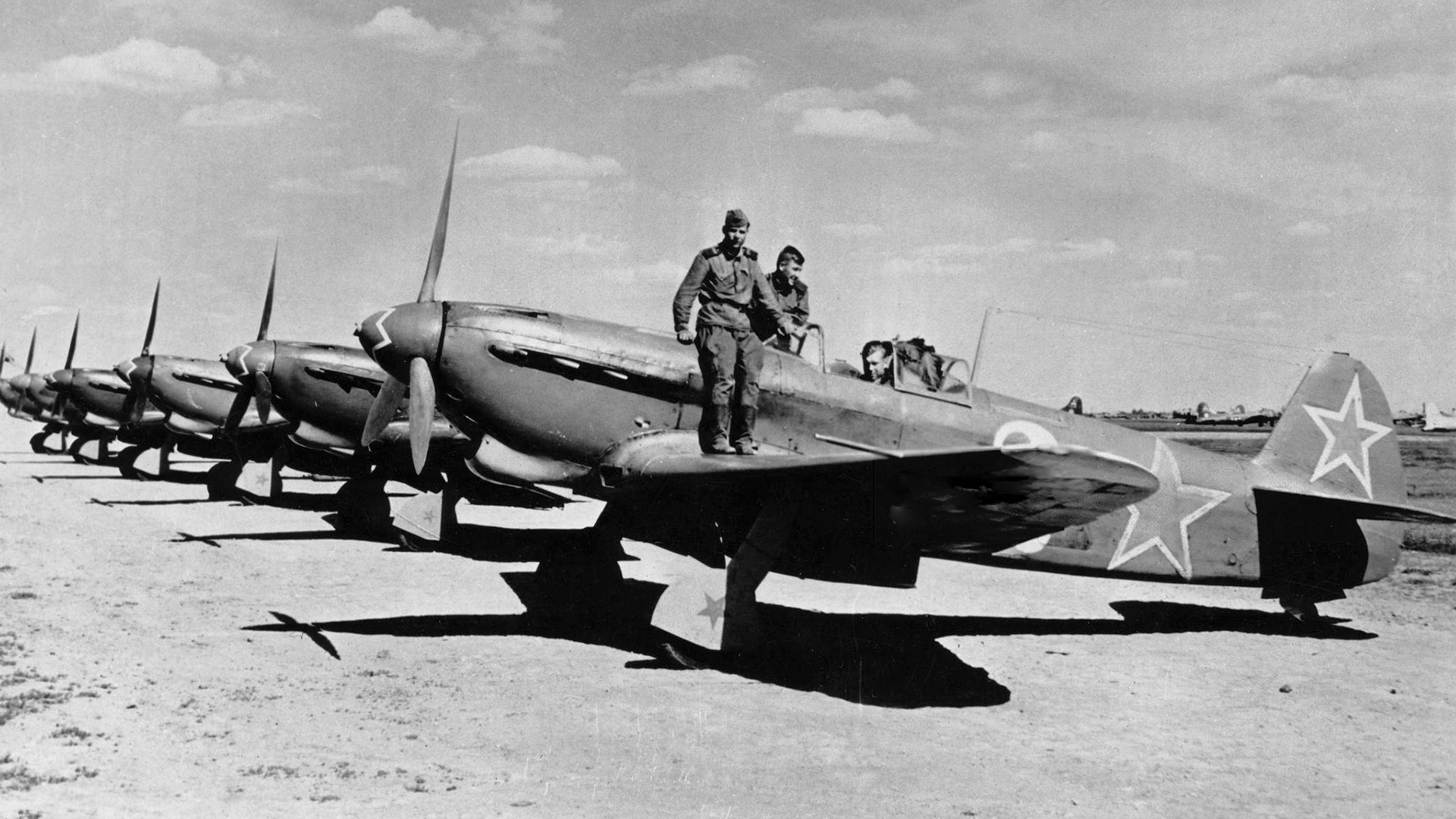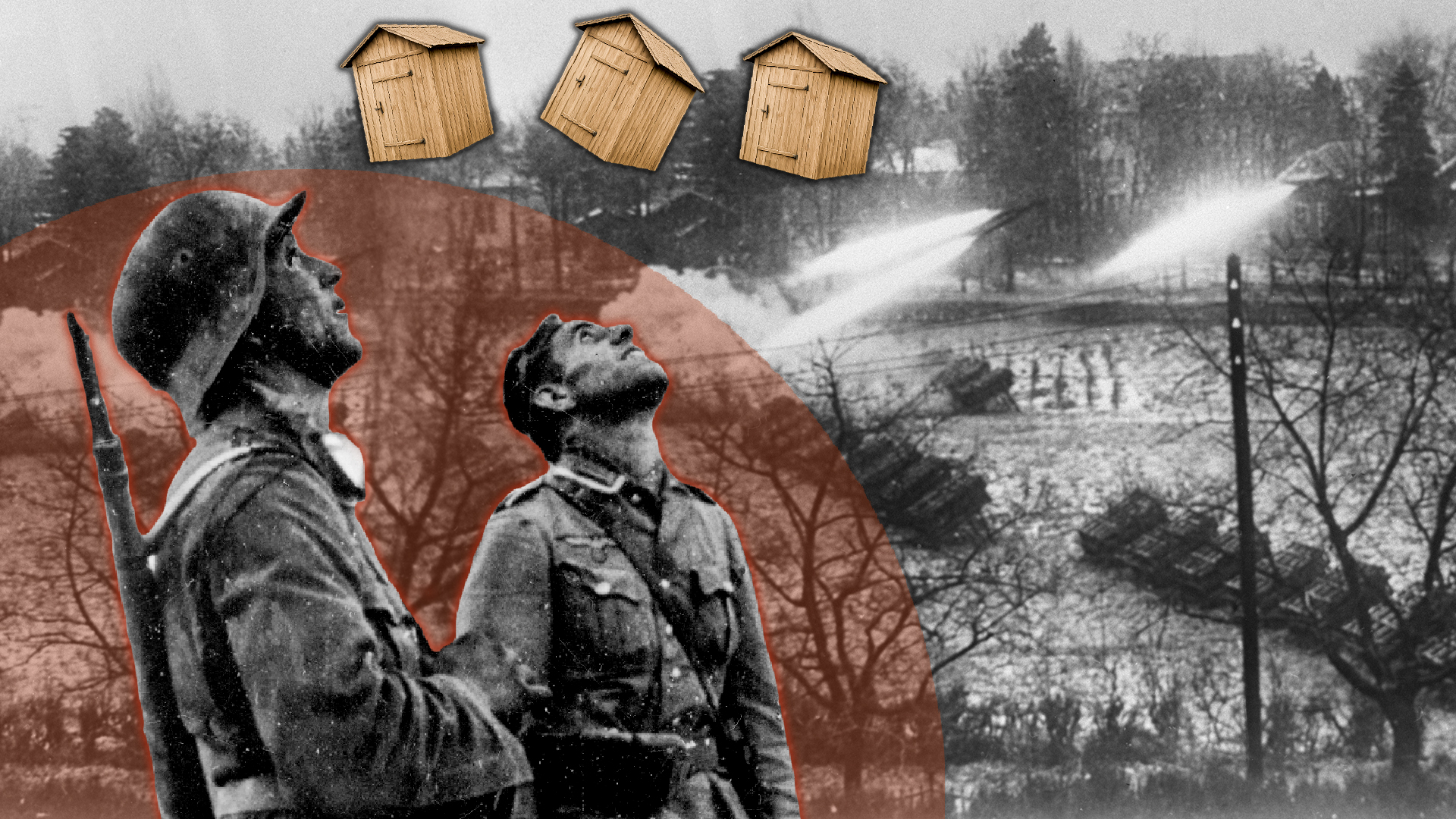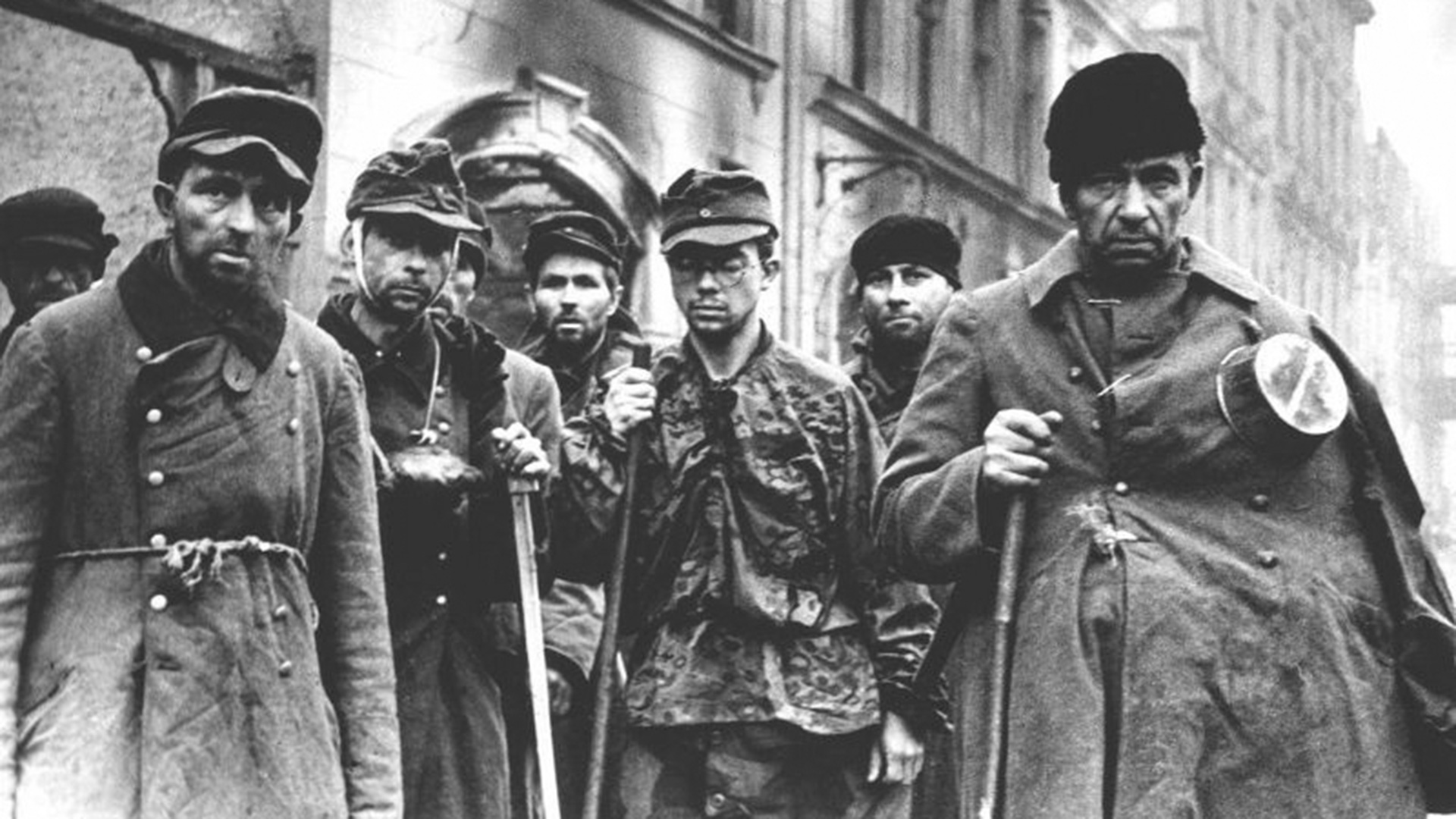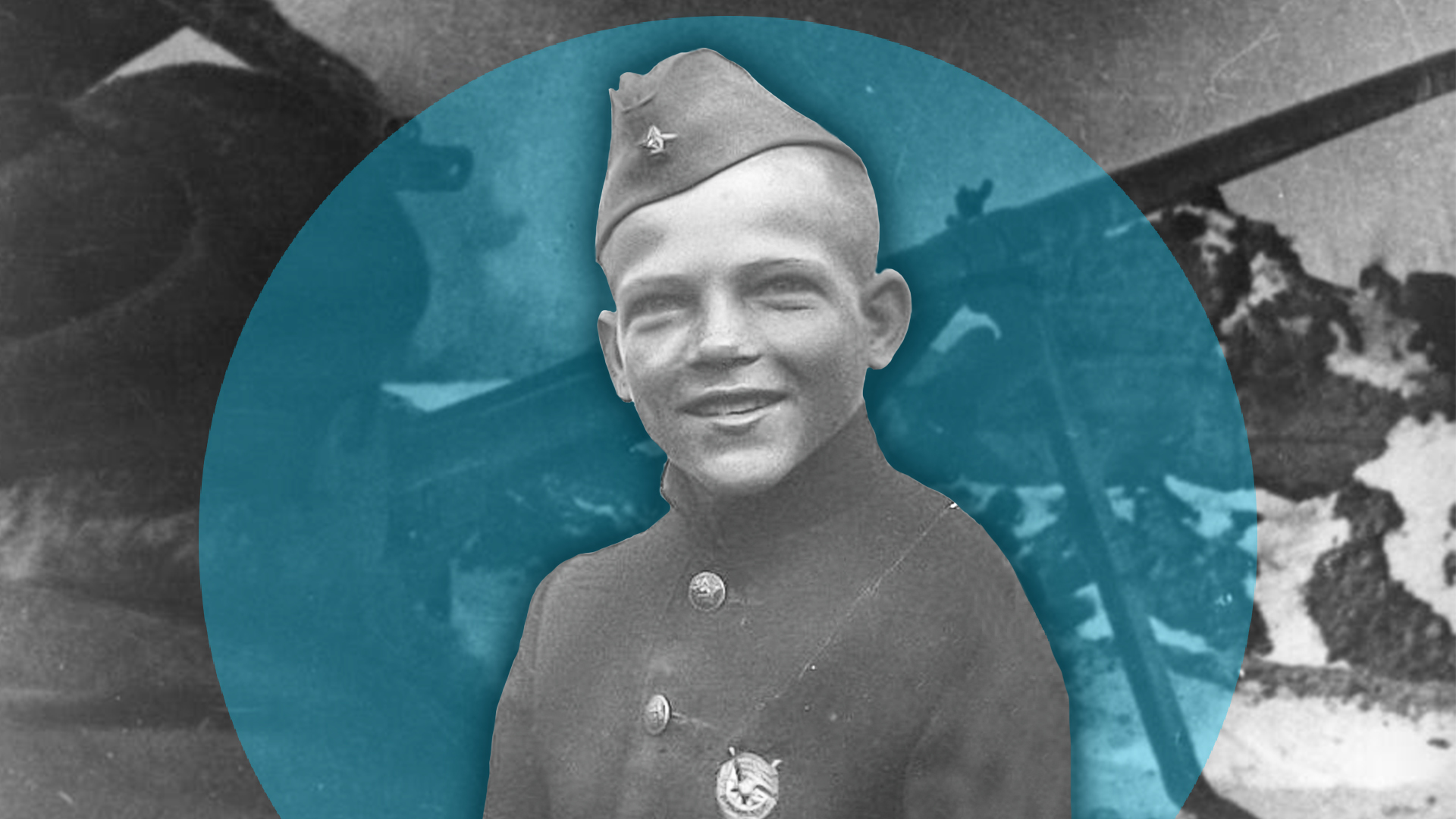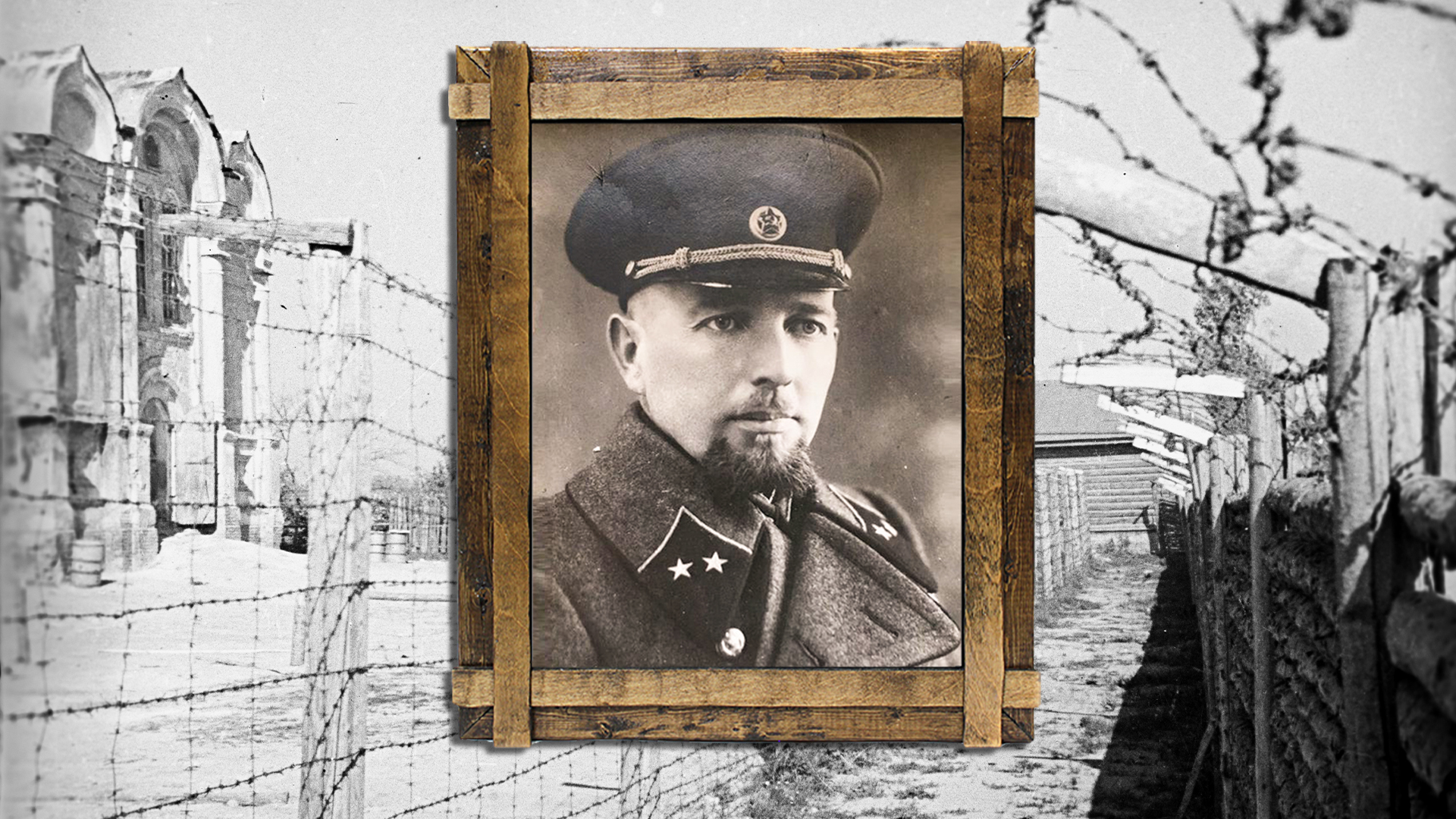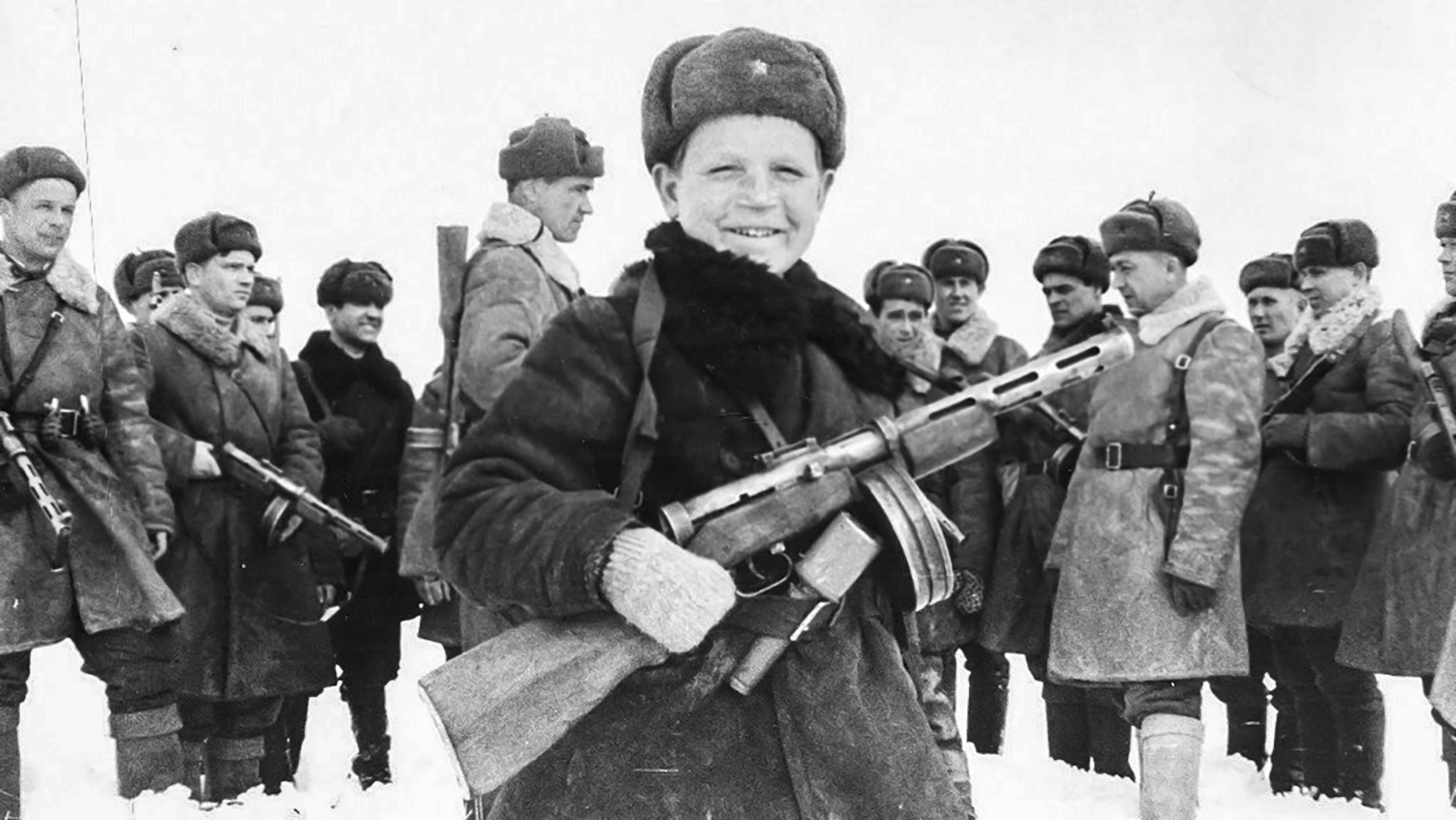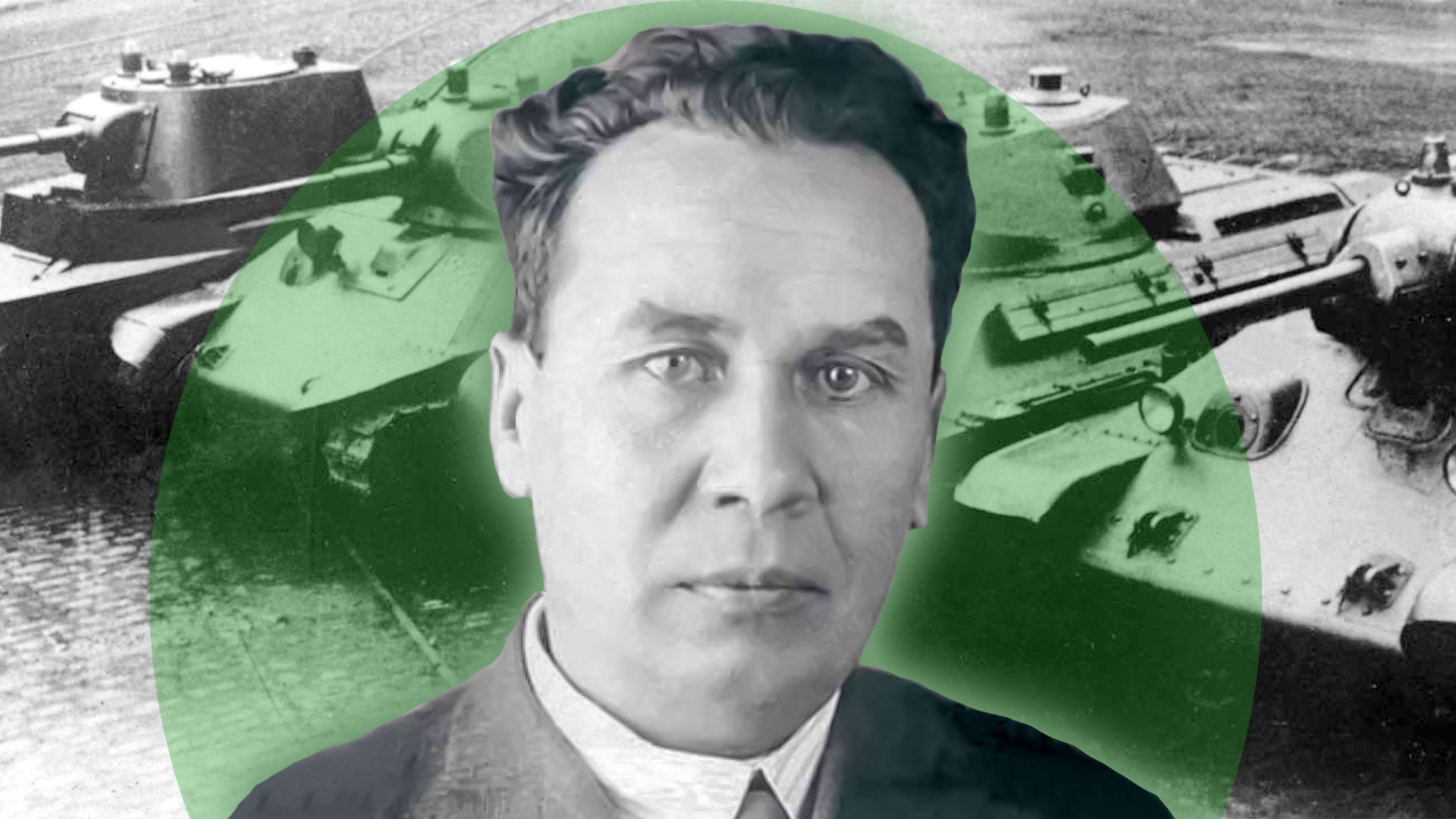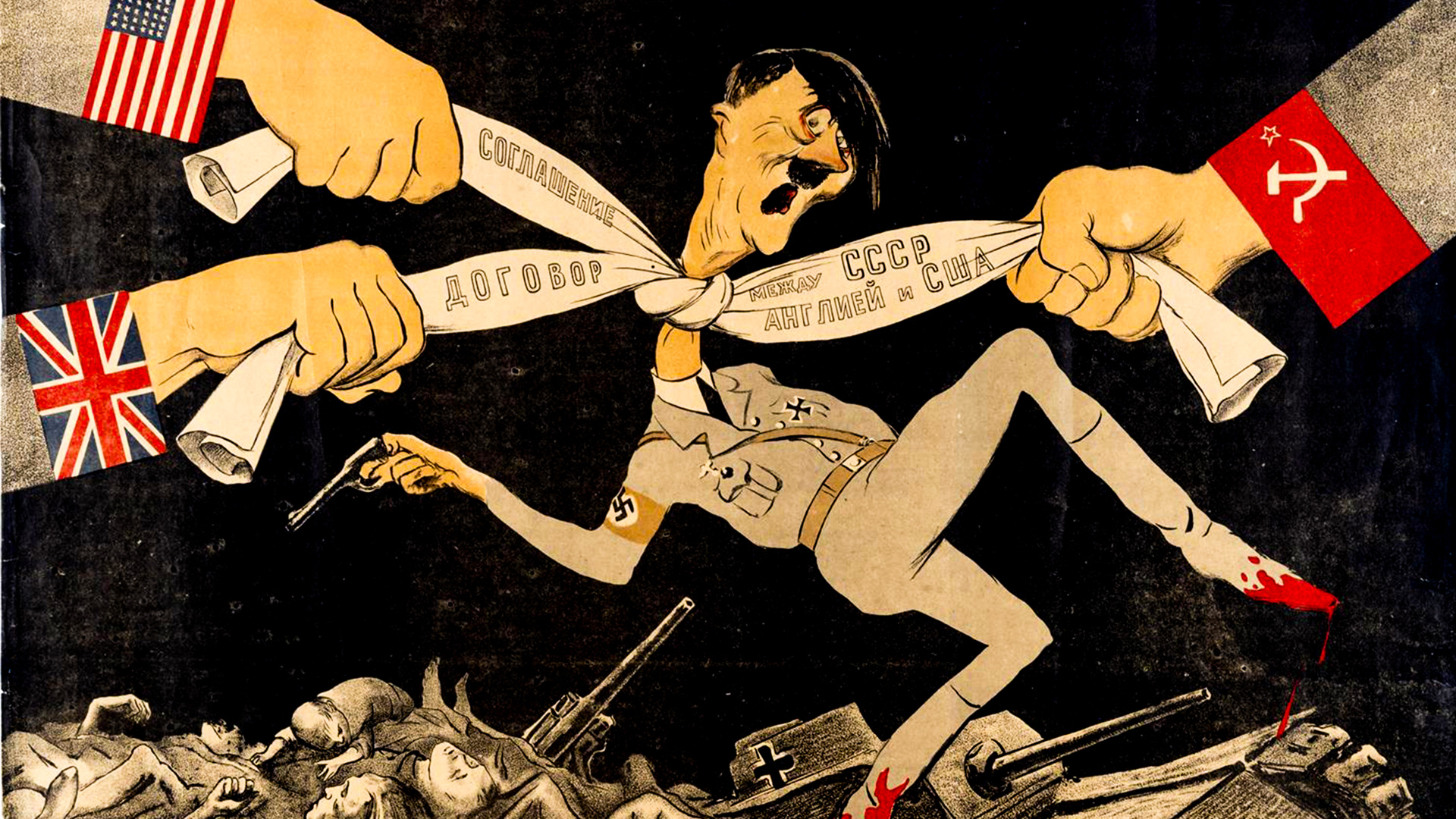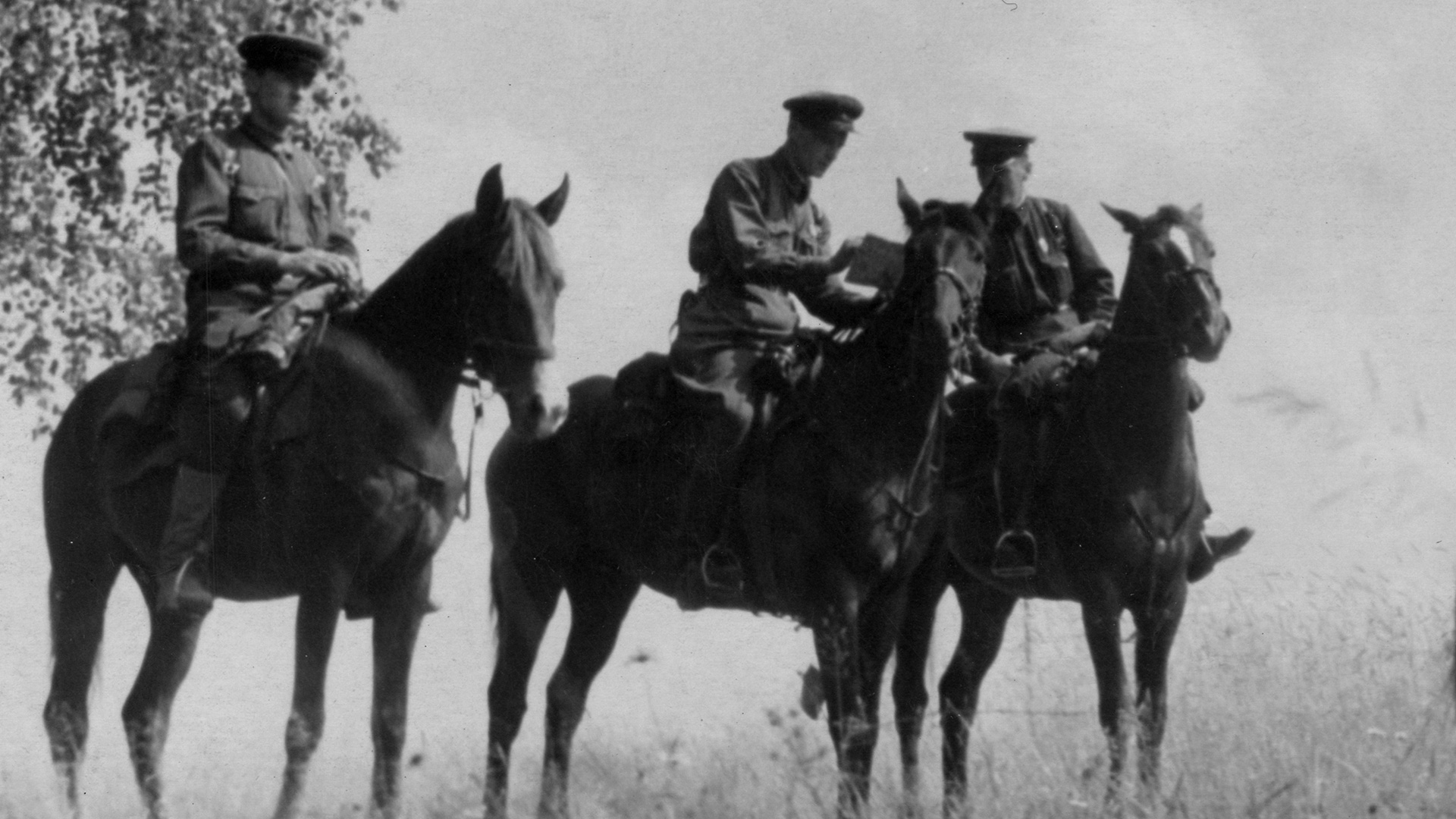
How the U.S. secretly supplied the USSR with combat aircraft via Siberia
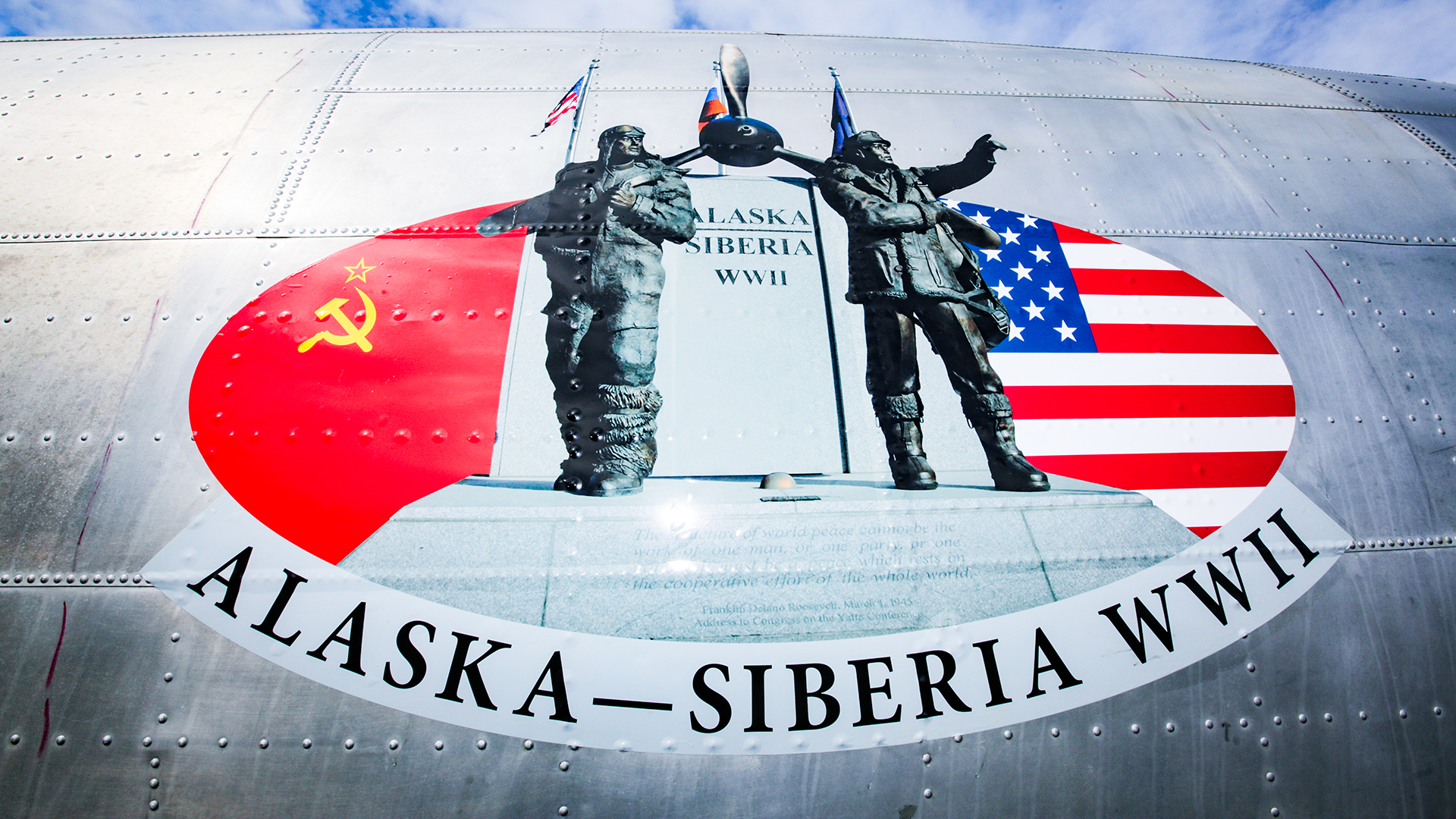
During World War II, the U.S. and Great Britain delivered more than 22,000 combat aircraft to the USSR. About a third of them arrived via the Krasnoyarsk air route, also known as ‘ALSIB’ (Alaska-Siberia).
The route turned out to be faster than the Iranian route and safer than the Arctic route, where convoys with equipment would be regularly attacked by German bombers and submarines.
Wilderness
In late 1941, the Americans proposed to use Siberia for ferrying aircraft to the USSR. The equipment was to arrive in Fairbanks, Alaska, and, from there, it would be sent under its own power to the large receiving center of Krasnoyarsk. There, it was to be prepared for shipment directly to the front.
 An A-20 bomber at Nome Airfield, Alaska.
An A-20 bomber at Nome Airfield, Alaska.
Fighters could not cover the 6,500 km (4,039 mi.) route non-stop, so it was necessary to bring the existing airfields in order and build new ones as quickly as possible.
Work on the Krasnoyarsk air route began in November 1941. Some landing sites were built right in the wild tundra, in swampy or permafrost-bound areas.
All the necessary infrastructure was immediately created next to the airfields: workshops, hangars, warehouses, residential buildings, canteens, hotels, radio and weather stations, etc. In total, 274 buildings were erected along the route.
Less than a year later, the ‘ALSIB’ route was ready. On October 7, 1942, the first group of P-40 ‘Kittyhawk’ fighters flew from Fairbanks to Uelkal in Chukotka.
Relay
 American pilot Senior Lieutenant Nikolai de Tolly (left) and Aviation Colonel Mikhail Machin, head of the Red Army Air Forces military representative office in Alaska from September 1942 to May 1944.
American pilot Senior Lieutenant Nikolai de Tolly (left) and Aviation Colonel Mikhail Machin, head of the Red Army Air Forces military representative office in Alaska from September 1942 to May 1944.
The planes were ferried in a relay manner. American pilots delivered them to Fairbanks, where they were handed over to their Soviet colleagues. They were then supposed to fly the equipment over Soviet territory.
“Thick necks, barrel chests, energetic, purposeful, nervous movements. In all their lives they had known only work and revolution and war and these stamp their faces and their bodies with tension and toughness [sic]," is how American artist Henry Varnum Poor recollected seeing the Soviet soldiers in Alaska.
Stalin was categorically against American pilots appearing on the territory of the USSR. He did not want to provoke Japan, which was waging a war against the United States, but was still observing its neutrality pact with the Soviet Union.
For the same reason, the route was laid as far away from Japanese Manchuria as possible.
 P-39 fighter crash in Nome, Alaska.
P-39 fighter crash in Nome, Alaska.
The route was divided into five stages, each of which was operated by a so-called ‘ferry air regiment’. The pilots ferried the planes to the neighboring regiment and they themselves returned to their deployment location on transport planes. The procedure was repeated until all the planes ended up in Krasnoyarsk.
The bombers and transport planes usually flew alone, while the fighters – in groups, which were led by the leader-bombers.
Hard work
“The almost 6,500-kilometer-long air route passed over one of the harshest regions of our country,” recalled pilot Ilya Mazuruk. “More than 5,000 kilometers of this route ran over the tundra, mountains and ridges, as well as almost impassable taiga wilderness. The usual landmarks for pilots – roads, populated areas and the like – were absent. Magnetic compasses also worked unreliably there. There were no accurate maps of the area, either.”
All instructions and manuals were in English and the instruments showed the Imperial system – miles, feet and gallons. So, translation labels had to be pasted over each switch and instrument.
 The first trip of Soviet veterans of ALSIB to Alaska.
The first trip of Soviet veterans of ALSIB to Alaska.
It was no easier for the technical staff on the ground: they worked in both bitter cold and squall-like winds. One day, severe frosts hit and the fluid in the hydraulic systems of American aircraft thickened, which resulted in dozens of immobilized machines being accumulated at airfields.
The Soviet side urgently contacted the Americans. Scientists from the University of Alaska found a substitute for one of the components in literally two days, which made the liquid more resistant to frost.
After the defeat of Japan in August 1945, the ‘ALSIB’ route ceased operation. During its entire operation, 114 people died in air crashes. The largest of them was the crash of a Li-2 transport plane with pilots from the 5th Ferry Regiment on board. Thirty people in total died in that tragedy.


